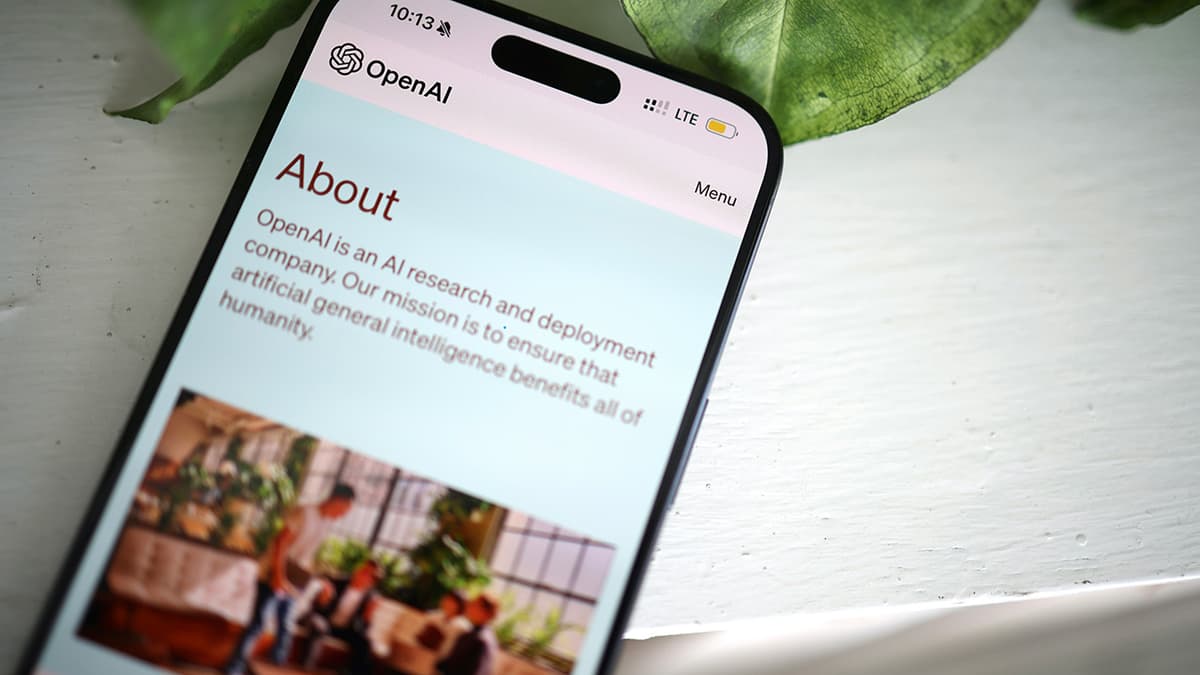How to Efficiently Use Local Database in React Native?
Are you struggling to effectively utilize a local database in your React Native applications? Look no further! This comprehensive guide will provide you with valuable insights and strategies to master the art of handling local databases seamlessly within your React Native projects.
Understanding the Importance of Local Databases in React Native
Local databases play a pivotal role in storing and managing data offline on mobile devices. In the context of React Native development, local databases enable you to enhance the user experience by enabling faster access to information and ensuring data persistence even without an active network connection.
Selecting the Right Database Solution
When it comes to choosing a local database solution for your React Native application, you have several options to consider. Two of the most popular choices are SQLite and Realm.
SQLite
SQLite is a reliable and lightweight relational database management system that is well-suited for mobile applications. It offers robust features and SQL query support, making it a preferred choice for developers looking to implement a traditional database approach in their React Native projects.
To integrate SQLite into your React Native application, you can leverage libraries such as react-native-sqlite-storage or react-native-sqlite-2. These libraries provide easy-to-use APIs for interacting with SQLite databases, allowing you to perform CRUD operations seamlessly.
Here's a simple example of how you can create a SQLite database and execute a query in React Native:
Javascript
Realm
Realm is another popular choice for local database solutions in React Native applications. It is a fast and efficient database that offers real-time synchronization features, making it ideal for applications that require seamless data synchronization across devices.
To integrate Realm into your React Native project, you can use the realm library, which provides a simple and intuitive API for working with Realm databases. With Realm, you can define schemas, perform queries, and establish relationships between objects with ease.
Here's a basic example of how you can create a Realm object schema and perform CRUD operations in React Native:
Javascript
Best Practices for Efficient Database Management
To ensure a smooth and efficient experience when working with local databases in React Native, it's essential to follow these best practices:
1. Optimize Data Queries
Efficiently querying data from the database is crucial for improving performance. Make use of indexes, limit the number of returned results, and avoid unnecessary joins to optimize query execution.
2. Implement Data Syncing Mechanisms
If your application requires data synchronization between the local database and a remote server, consider implementing synchronization mechanisms using libraries like redux-offline or pouchdb.
3. Handle Database Upgrades Gracefully
When upgrading your application and database schema, ensure that you handle database migrations gracefully to prevent data loss or corruption. Tools like realm-migrations or sqlcipher can help you manage database schema changes effectively.
Resources for Further Learning
If you're looking to deepen your understanding of local databases in React Native, check out the following resources:
By following the tips and best practices outlined in this guide, you'll be well-equipped to leverage local databases effectively in your React Native applications. Mastering the art of local database management will not only enhance the performance of your app but also provide a seamless user experience for your audience.












